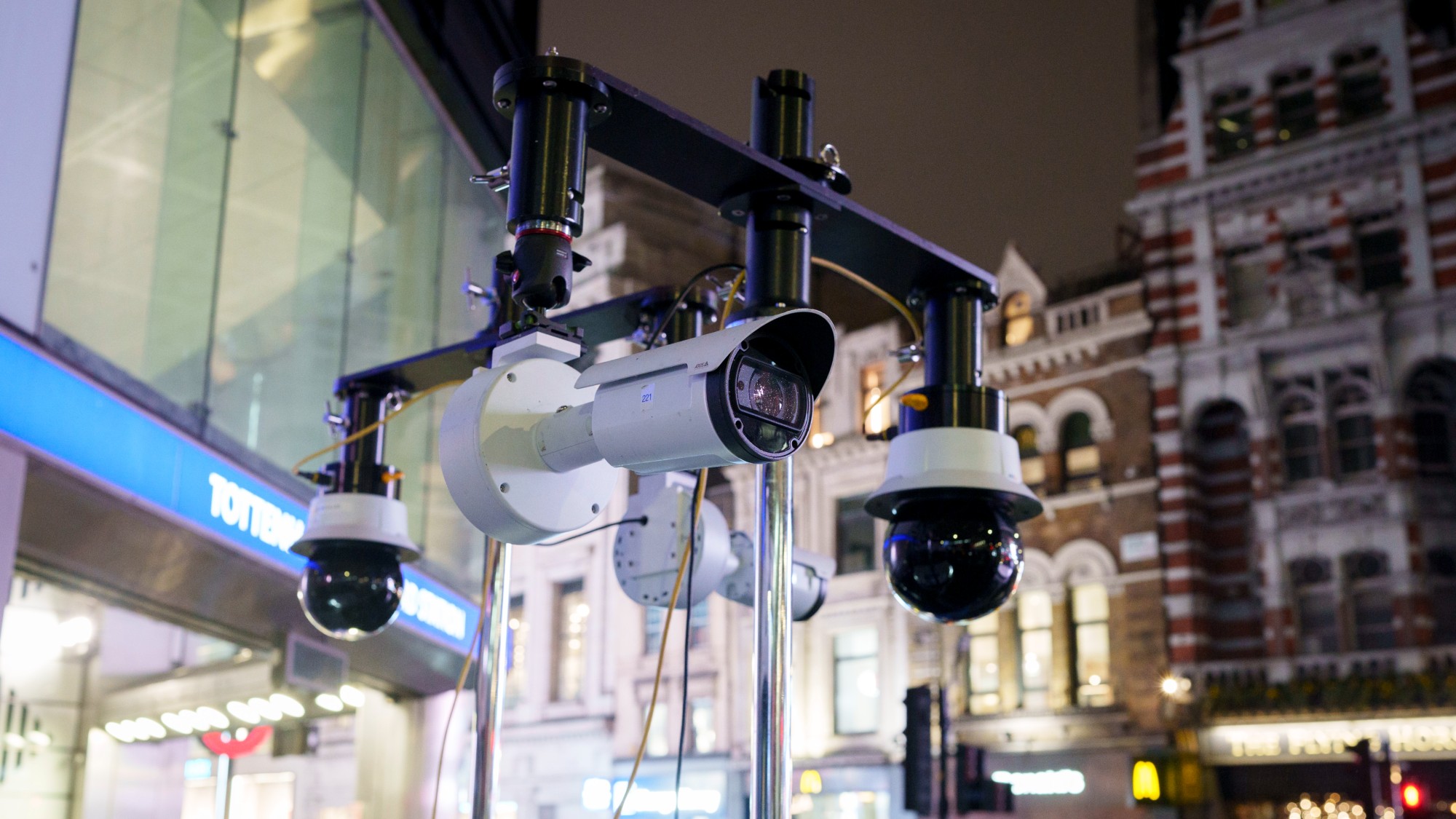Opera: Il Trovatore
The Metropolitan Opera's previous stagings of Il Trovatore, in 1987 and 2000, were disastrous. This time, “the Met has a Trovatore” to be proud of.
Opera
Il Trovatore
Metropolitan Opera
The Week
Escape your echo chamber. Get the facts behind the news, plus analysis from multiple perspectives.

Sign up for The Week's Free Newsletters
From our morning news briefing to a weekly Good News Newsletter, get the best of The Week delivered directly to your inbox.
From our morning news briefing to a weekly Good News Newsletter, get the best of The Week delivered directly to your inbox.
New York
(212) 360-6000
***
The Metropolitan Opera hasn’t had much luck with Il Trovatore, said Mike Silverman in the Associated Press. Previous stagings, in 1987 and 2000, were so legendarily disastrous that Met manger Peter Gelb has referred to Trovatore’s “double curse” on his house. It seems “the third time is the charm.” Though the melodies are among Verdi’s finest, the famously convoluted and melodramatic libretto has always been a tough swallow: The tale concerns two 15th-century Spanish brothers, separated at birth by a gypsy curse, who meet again as rivals vying for the love of the same woman. Fortunately, Scottish director David McVicar has devised a production for the Met “that finally does justice to this dark masterpiece.”
A free daily email with the biggest news stories of the day – and the best features from TheWeek.com
This “might not be the most imaginative or visually striking Trovatore,” said Anthony Tommasini in The New York Times, but “the curse is broken.” McVicar moves the story’s action to 19th-century Spain, and costumes and sets inspired by Goya’s masterful Disasters of War etchings give the production “a consistent and harrowing look.” There are no real dances in the opera, but choreographer Leah Hausman has structured a sequence of men swinging hammers onto anvils during the “Anvil Chorus” that is both dance-like and enthralling. Only conductor Gianandrea Noseda’s work is inconsistent.
“The opera calls for singers able to throw themselves wholeheartedly into a far-from-believable story line,” said Eric Myers in Variety. In that respect, McVicar’s fine cast certainly delivers. Tenor Marcelo Álvarez lacks a “truly distinctive timbre” as Manrico, the troubadour of the title and brother/rival to Count di Luna. Yet he knows well enough how to make the most of his voice. As di Luna, Dmitri Hvorostovsky captures his character’s “swings between hellbent vengeance and romantic obsession” with a resonant baritone. “Most remarkable is soprano Sondra Radvanovsky.” As Leonora, the feisty object of the brothers’ affection shows an “exceptional command” of vocal dynamics. For the first time in decades, “the Met has a Trovatore” to be proud of.
-
 Heavenly spectacle in the wilds of Canada
Heavenly spectacle in the wilds of CanadaThe Week Recommends ‘Mind-bending’ outpost for spotting animals – and the northern lights
-
 Facial recognition: a revolution in policing
Facial recognition: a revolution in policingTalking Point All 43 police forces in England and Wales are set to be granted access, with those against calling for increasing safeguards on the technology
-
 Codeword: December 14, 2025
Codeword: December 14, 2025The daily codeword puzzle from The Week